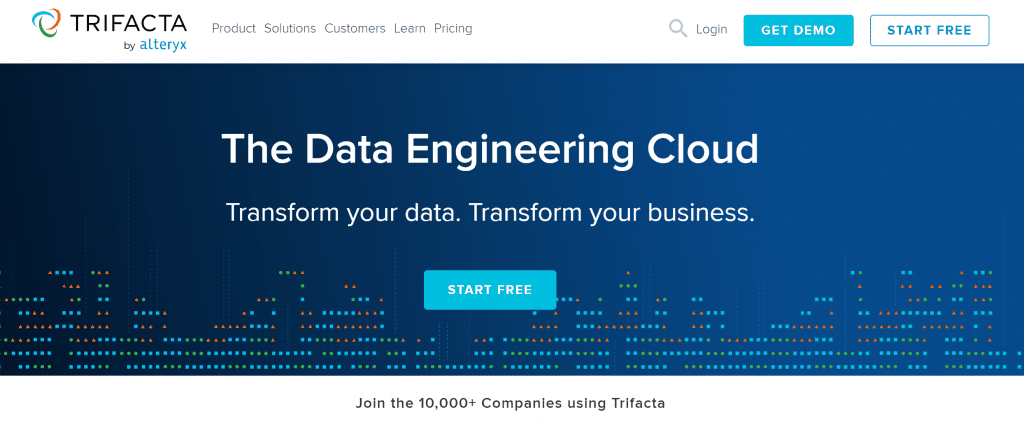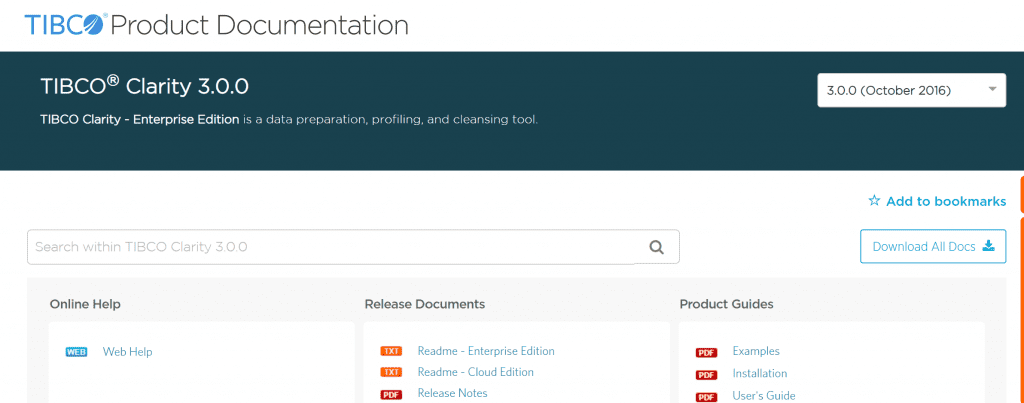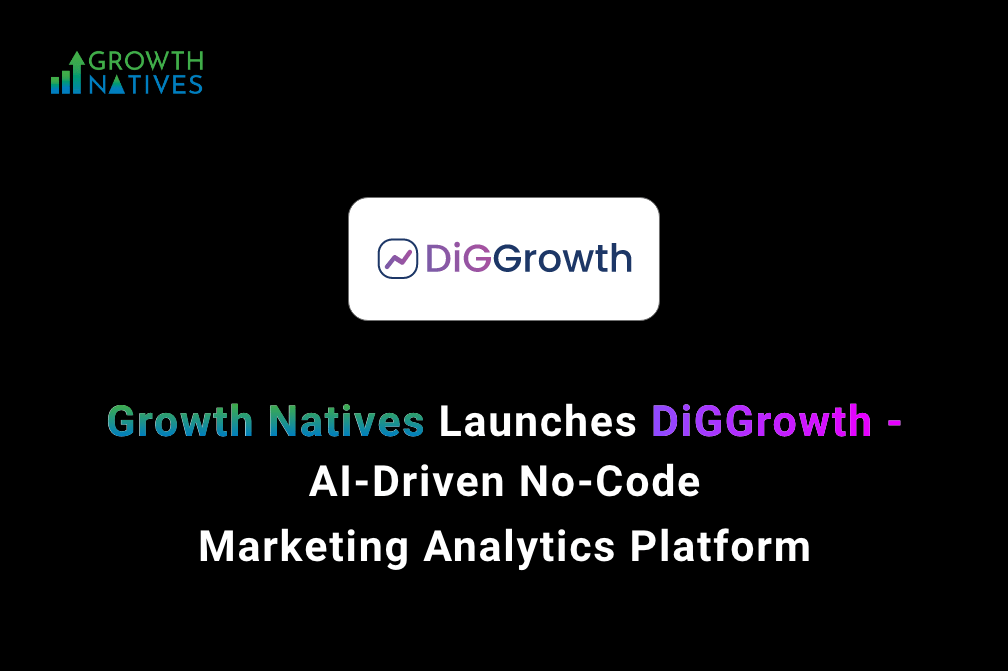
Data Cleaning – All You Need to Know in 2022
By Sakshi Arora
Feb 5, 20228 min read
Did you know that B2B data decays at a rate of 35% annually? In other words, one-third of your business data becomes corrupt, irrelevant, or unusable in a year. And due to inaccuracy and irrelevancy of data that results in reduced productivity and waste of resources, you lose 12% of your revenue.
Over the last two decades, businesses have understood the value of data and become increasingly data-driven, treating it as a core asset.
The quality of business data and access to the right data at the right time plays an important role in the informed decision-making and the success of your organization. If you have access to accurate customers’ addresses and contact details, you can run a successful marketing campaign. On the other hand, old and irrelevant addresses in your customer database can reduce the impact and success rate of your campaign.
Therefore, as your business generates tons of data, you need to invest time and effort in ensuring its relevance. The question is, how can your marketing team ensure that the quality of data gathered is maintained at all times? By cleansing your data from time to time, you can reduce your operational costs while also maximizing your profits. But what is data cleaning and how should you do it?
Here, we shall discuss all that you need to know about data cleaning in 2022.
What Is Data Cleaning?
Data cleaning or data cleansing is a process that is aimed at updating and rectifying data to make it relevant and easily accessible. The process involves removing corrupt and inaccurate records from a database. As your business generates data from multiple sources such as websites, apps, social media, and offline marketing campaigns, the chances of collecting duplicate and mislabeled data increase.

Inaccurate data can result in poorly built algorithms that affect the outcome of database search and ultimately your campaign. Effective data cleaning helps in improving the quality of data and the outcome of outreach campaigns, and in achieving the optimal use of the marketing budget.
Steps in Data Cleaning
Create a Data Plan
Data cleaning is beneficial for maintaining data quality and making more informed decisions. Yet, it is wise to avoid the mess of rigorous data cleaning by setting up a strong data plan. Creating a data plan is key here. Identify the root cause of erroneous data as the first step to data cleaning. Your data plan should include metrics to measure data quality and an action plan to execute it.
Fix Data Sources
The higher the quality of data from the source, less is the less effort required to clean it. If you are getting erroneous data from a source or two, they must be fixed. For instance, long forms are often a source of erroneous data and if your business is hard hit by this, you must take corrective measures immediately.
Remove Irrelevant Data
It is estimated that businesses double the volume of data every two years. Hence, one of the primary steps in data cleaning is to remove duplicate and irrelevant entries from your records. De-duplication of data ensures a cleaner and lighter database that is easy to access.
Correct Structural Errors
Your data might have structural errors when collected from different sources or using different forms. These may include improper naming conventions, incorrect titles, or gaps in data from different sources. These structural errors in data must be fixed as part of the cleaning exercise.
Deal with Missing Data
Data collection strategy evolves over time. Missing data is one of the problems that organizations encounter especially with their order data. Data management algorithms may have issues with missing fields in your database and return erroneous results. You must deal with it during the cleanup.
Assess Data Accuracy
Data cleaning isn’t enough until you assess the accuracy of data. Several tools help in sampling data after it has been cleaned. Set metrics to assess the accuracy of the data and apply these metrics to random samples once the data has been cleaned.
What Are the Benefits of Data Cleaning?
Data cleaning helps your business in multiple ways such as streamlining your business operations and leading you toward higher profitability and productivity. Here are some of the immediate benefits of data cleaning:
Improved Decision-Making
Data is the cornerstone of all decision-making. The quality of data available to decision-makers in your organization affects their judgment. When your executives have access to up-to-date data, it helps them in knowing the current trends in the market and developing effective strategies that drive business growth.
Quicker Sales Cycle
It is a wide known fact that all business decisions are data-driven. When you provide your sales team with quality data, it leads to quicker customer acquisition. This improves your bottom line and lets your organization build a competitive edge over rivals.
Simplified Business Process
If you have a database that contains no duplicates or erroneous records, it helps in simplifying your business process. When this is combined with data analytics, it helps improve productivity in your organization. You get insights into what your customers want and how to meet their expectations.
Reduced Marketing Waste
Duplicate and erroneous data results in the wastage of marketing resources. For example, if you are reaching out to the same customer at three different addresses using direct mail, you are wasting your marketing budget. By achieving a cleaner database, your organization will be able to reduce this wastage and make better use of the budget available.
Happy Customers & Employees
When your database has fewer errors, this would translate into better services for your customers and ensure higher customer satisfaction. It also improves the lives of your employees as they won’t be targeting irrelevant customers and fail to meet their sales targets.
Best Tools to Clean Data
We have covered what data cleaning is, how to approach it, and the benefits it offers for your organization. It is now time to understand how to carry out the process of data cleaning effectively while also saving time. A data cleaning tool comes to your rescue here. However, when it comes to ensuring faster data cleaning, the choice of tools is important. Data cleaning tools offer you the best metrics for judging the quality of your data. Let’s take a look at the best tools for clean data:
1. OpenRefine
Previously known as Google Refine, this powerful open-source application lets you clean up your database and structure all the messy data. Free and easy to use, the tool works similar to spreadsheet applications and can handle file formats such as CSV. You can convert data from one format to another and even extend it with web services and external data.

2. IBM Infosphere Quality Stage
It is one of the most widely used tools that help improve data quality and governance. Part of a larger data management suite, Infosphere can be used to manage Big Data and generate Business Intelligence.

3. Cloudingo
Cloudingo is a Salesforce data cleansing and management tool that is used for deleting, importing, and merging data from different databases. It helps remove inactive and irrelevant records smoothly and validate the entries available on the database.

4. Trifacta Wrangler
Trifacta is an open, interactive data management suite that has been designed for cleaning, structuring, and enriching data. This cloud platform uses machine learning to identify inconsistencies in data and provide actionable suggestions.

5. TIBCO Clarity
TIBCO is one of the easiest data cleaning tools, mostly preferred by small businesses and startups. This cloud-based SaaS helps clean data from multiple sources. Its advanced data profiling and sampling functions make it stand out.

Final Words
Data cleansing is not optional anymore but a must-have strategy for your business process. Cleaning and structuring data helps your organization achieve all the desired goals from lead generation to sales and digital marketing to offline marketing. This small step makes a big difference to customer acquisition and how your organization serves customers.
Remember, in a data-driven world, it is the quality of the data that matters! If you are looking to clean your data and want a team that can help, consult our experts at Growth Natives. We have experienced data analysts in our team who can refine and structure your database and ensure high ROI. Write to us at info@growthnatives.com or visit our website to know more.




